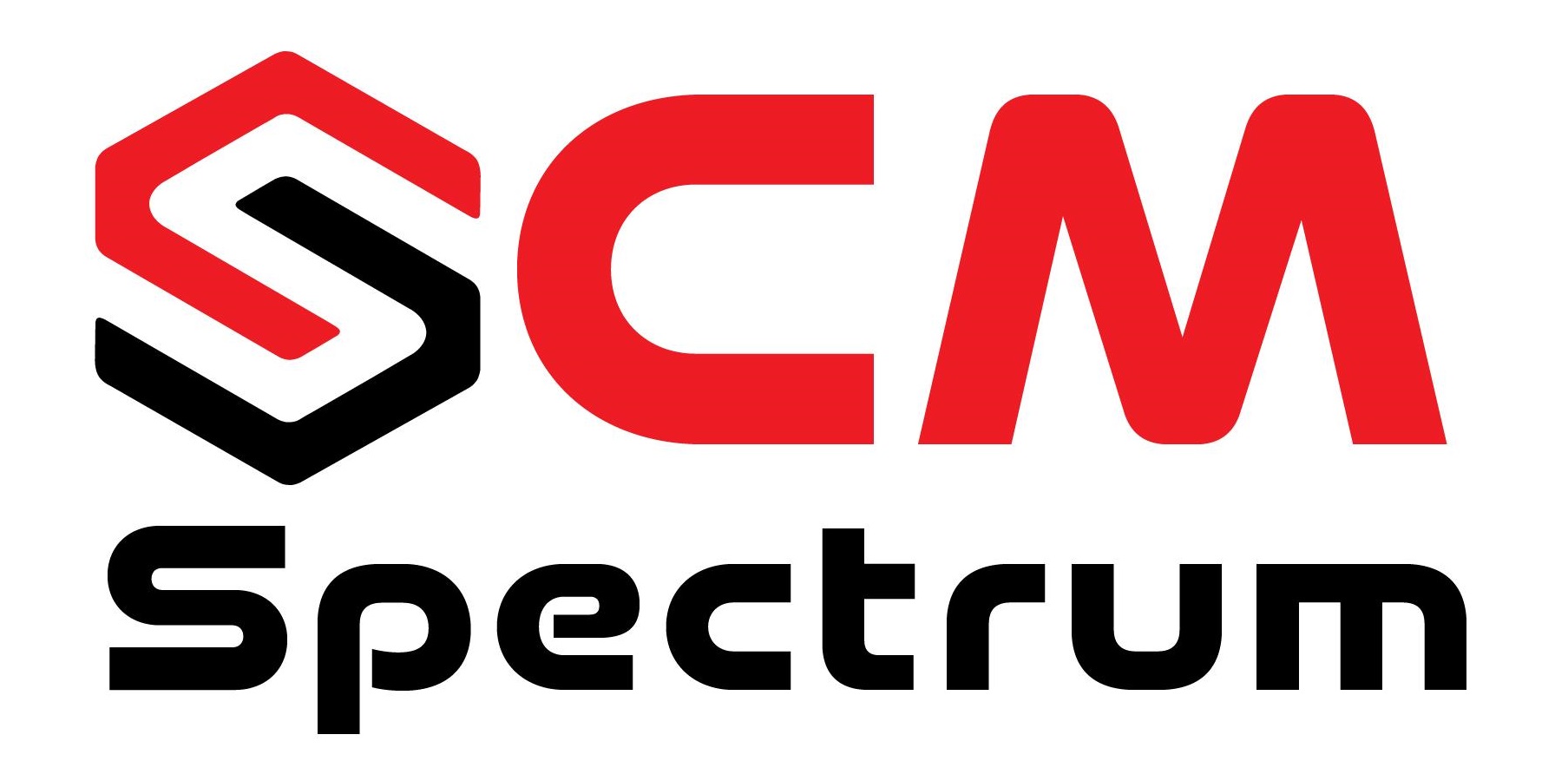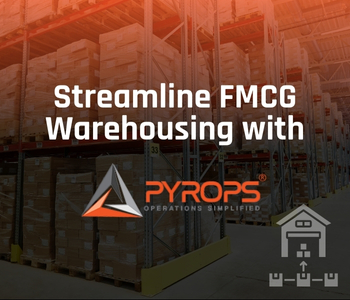The quick commerce sector in India is revolutionizing how consumers shop, offering a 10-to-30-minute delivery promise that has reshaped expectations. This growing trend is not only altering the retail landscape but also shaping consumer habits across urban areas in the country.
Rapid Growth and Market Projections
The quick commerce market in India has experienced an extraordinary boom, growing from $100 million in 2020 to an anticipated $6 billion in 2024. Startups such as Zomato, Swiggy, and Zepto have spearheaded this transformation, setting benchmarks for ultra-fast delivery services. Meanwhile, established conglomerates are also stepping into this fast-paced segment, amplifying competition and innovation in the market.
Key Players Enter the Race
Reliance, one of India’s largest conglomerates, is leveraging its vast network of 3,000 supermarkets across 1,150 cities to support its quick commerce operations. By introducing dedicated kiosks for rapid deliveries, the company plans to increase daily orders on its JioMart app from 200,000 to 500,000.
Swiggy, another major player, is doubling down on its quick commerce strategy by expanding its warehouse capacities. The company plans to allocate $140 million from its upcoming IPO to strengthen this segment and deliver faster services to its customers.
Amazon has also joined the fray, trialing 15-minute grocery deliveries to compete directly with local quick commerce providers. This move underscores the global giant’s commitment to capturing a share of India’s burgeoning quick commerce market.
Changing Consumer Behavior
The promise of ultra-fast delivery has resonated strongly with Indian consumers, transforming their shopping habits and expectations. According to a study by Datum Intelligence, nearly 69% of online grocery buyers now prefer 10-minute delivery options over next-day scheduling. The demand for quick commerce is largely driven by last-minute purchasing needs (36%) and the appeal of discounts (32%), highlighting the importance of convenience and cost-effectiveness for consumers.
Challenges Facing the Quick Commerce Industry
Despite its rapid rise, the quick commerce sector faces significant hurdles, including high operational costs and the challenge of maintaining customer loyalty. For example, Dunzo, a popular quick commerce startup, has struggled with financial pressures, resulting in layoffs and reduced valuations.
Additionally, the industry’s emphasis on speed has sparked concerns about its impact on health and sustainability. Critics argue that promoting convenience over nutrition could encourage unhealthy eating habits, particularly as consumers increasingly opt for fast food and quick meal options.
The Road Ahead for Quick Commerce
The future of quick commerce in India looks promising, with a projected compound annual growth rate (CAGR) of 16.07%. By 2029, the market is expected to reach $9.771 billion in volume, supported by a growing user base. The number of quick commerce users in India is forecasted to rise from 26.2 million in 2024 to 60.6 million by 2029.
To ensure long-term success, companies must strike a balance between speed and sustainability. They must prioritize customer satisfaction while addressing challenges related to quality assurance, operational costs, and health concerns.
Conclusion
The 10-minute delivery promise has fundamentally altered the Indian retail landscape, offering unparalleled convenience to consumers. As the sector continues to evolve, businesses must innovate and adapt to maintain their competitive edge while addressing the challenges of rapid growth. By achieving this balance, quick commerce players can ensure a sustainable and prosperous future in India’s dynamic market.







